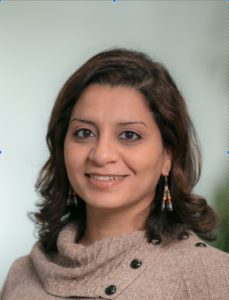Five Lessons From My Heart Attack Patients
In only few months, I leave my clinic where I have been seeing patients with heart disease for the past three years. It was not until I started discussing with them the transition to a new cardiologist that I appreciated the unique relationship we have built. It has only been few years since we first met in in the Emergency Department in the middle of the night as they were having a heart attack, but somehow this journey feels longer. I witnessed their heart attacks change their lives in many different ways, as they learned to cope, recover and carry on in life with a story to tell. Being one of the characters in their stories, I learned five lessons about life that will stay with me.
1- You can make any terrible event a wake up call or the beginning of the end.
A big heart attack or sudden cardiac arrest is arguably the most terrible event one could experience. As my patients recovered from such an event and came to see me in clinic, I could tell that the event changed them, either to the better or to the worse. While some lost weight, started training regularly, left their high stress jobs, or decided to travel the world, others became even more sedentary, gained weight, and started lamenting their bad luck and “missed opportunity” for good health. It was striking to observe those two trajectories of opposite directions. Like my heart attack patients, when you are faced with a terrible event in life, you can either use it as a wake up call to do better afterwards or fall off a ledge and spiral down. You decide your own fate.
2- A supporting family is worth all the medicine of the world.
One patient after another, it became clear to me that the presence of a supporting family member that cares for you during difficult times is worth the most state-of-the-art medicine. It is that person that ensures that your food is low in salt and has no butter, that you do your daily exercise and not miss your medication, that you come to your appointments and ask all the right questions, or that simply hold your hand and tell you it’s going to be okay when things turn sour.
3- You’re as old as you think you are.
I met a 90 year-old woman who had a big heart attack and went for the most aggressive therapies. A year later she still shows to my clinic fully groomed and cheerful telling me she picked up dancing and life could not be any better. I also met a 50 year-old man who after a small heart attack gave up on enjoying life or hoping for better future and couldn’t be convinced otherwise.
4- Faith, hope, and courage are your best friends when you’re not in control.
When patients are waiting for a high risk surgery or intervention, they simply are not in control of their fate. I found that those that fared well had three unique characteristics. First, they had faith in themselves, their doctors, or God. Second, they always hoped for the best. Third, they had the courage to face a difficult reality when things don’t go as well. Whenever you’re not in control, let faith, hope, and courage always be your best friends.
5- Write your best story today because you never know when it ends.
While I learned so much from the stories of those patients who made it to my clinic, many did not, and their stories ended in the hospital. As you go through life, live every day to the fullest and write your best story page by page, because you really never know when it ends.




